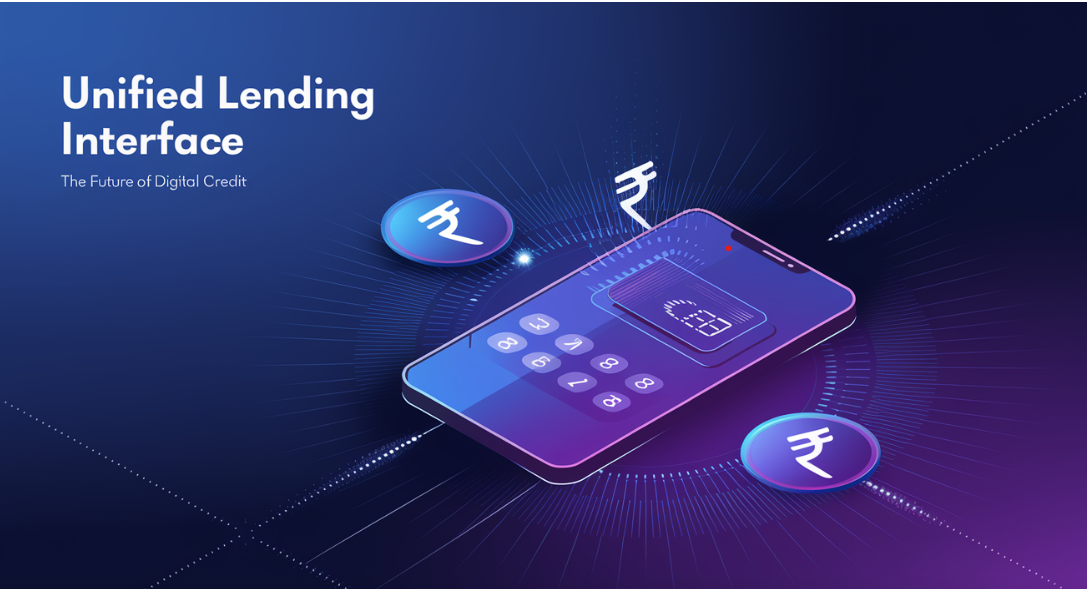Unified Lending Interface - The future of digital credit
The Unified Lending Interface (ULI), launched by the Reserve Bank of India (RBI) in 2024, is set to modernize India's credit infrastructure by streamlining the lending process. Modeled after the success of the Unified Payments Interface (UPI), ULI aims to unify and simplify credit access by consolidating financial and non-financial data into a single, integrated platform.
ULI operates on a digital architecture that enables financial institutions—such as banks, non-banking financial companies (NBFCs), and fintech firms—to access borrower information from multiple sources like Aadhaar, e-KYC, land records, and credit bureaus. This consolidated access drastically reduces the time required for loan appraisals, benefiting sectors like agriculture, micro, small, and medium enterprises (MSMEs), and rural borrowers who often face difficulties in obtaining credit.
Key features of ULI include its standardized APIs, which allow a "plug-and-play" integration with various financial systems, and its focus on data privacy and security through consent-based information sharing. By minimizing documentation requirements and digitizing the lending process, ULI is poised to cut down loan processing times from days to minutes.
Additionally, ULI is designed to enhance financial inclusion by expanding access to credit in underbanked areas, leveraging the JAM (Jan Dhan-Aadhaar-Mobile) framework to strengthen the digital financial ecosystem. This move is part of a broader push by the RBI to digitize banking services, including the ongoing rollout of the Central Bank Digital Currency (CBDC).
In summary, ULI represents a significant leap forward in India’s financial infrastructure, promising to make credit more accessible, efficient, and inclusive for millions of underserved borrowers across the country.

